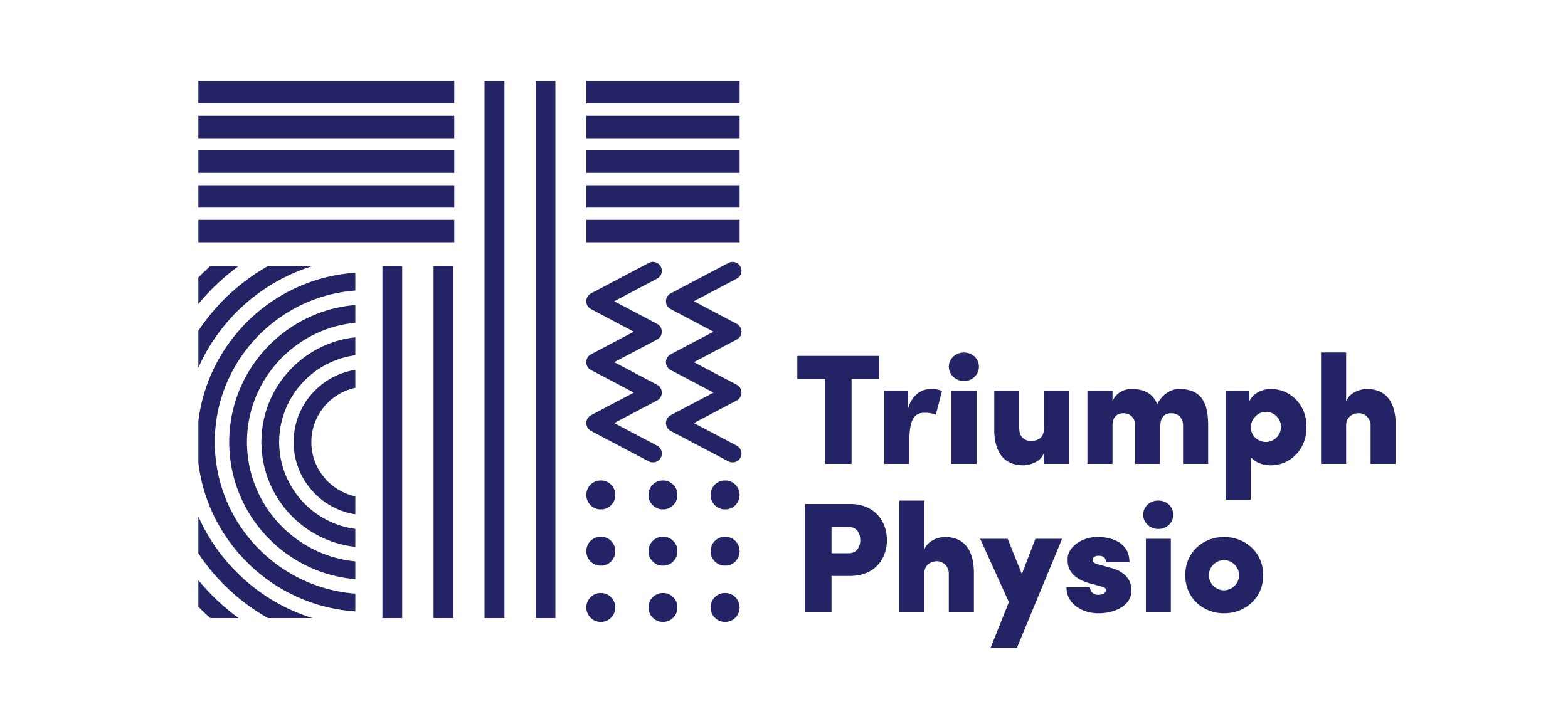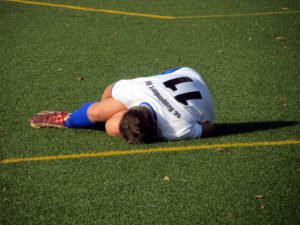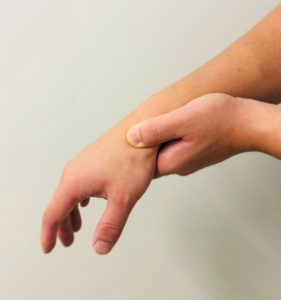Introduction
Starting your rehabilitation journey after ACL surgery is crucial for a successful recovery and a return to full function. The first few weeks are foundational, setting the stage for how well you’ll recover in the long term. Effective rehabilitation not only helps manage pain and swelling but also restores strength, mobility, and stability to your knee. This guide highlights the importance of these early rehab stages and provides you with essential information to ensure a smooth and effective recovery process.
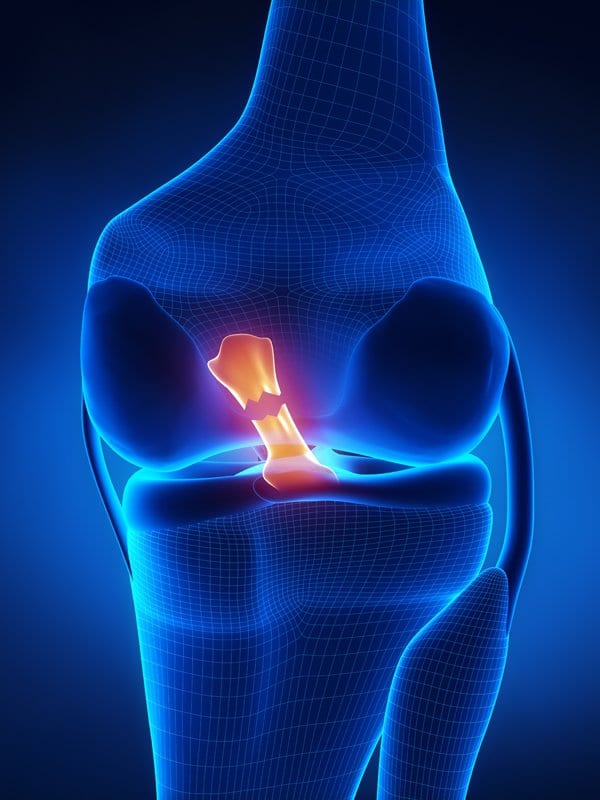
1. Immediate Post-Surgery Care
1.1 Managing Pain and Swelling
After returning from the hospital, managing pain and swelling is a primary concern. Follow your surgeon’s and nurse’s instructions regarding medication and pain management. Common strategies include:
- Ice Therapy: Apply ice packs to the knee for 15-20 minutes several times a day to reduce swelling and discomfort.
- Elevation: Keep your leg elevated often to help reduce swelling.
- Compression: Use an elastic bandage or compression wrap to help manage swelling.
1.2 Incision Care
Keep the surgical site clean and dry. Follow your healthcare provider’s instructions on how to care for the incision and when to remove any bandages or stitches. Watch for signs of infection, such as increased redness, warmth, or discharge.
2. Beginning Your ACL Rehabilitation
2.1 Initial Physiotherapy Sessions
Your physiotherapy will typically start within the first week after surgery. These sessions focus on:
- Range of Motion Exercises: Gentle movements to restore flexibility in the knee. This may include exercises like heel slides and gentle knee bends.
- Isometric Exercises: These exercises help maintain muscle strength around the knee without putting strain on the joint. Examples include quad sets and glute squeezes.
- Education: Learning about the importance of the rehabilitation process and understanding the dos and don’ts during recovery.
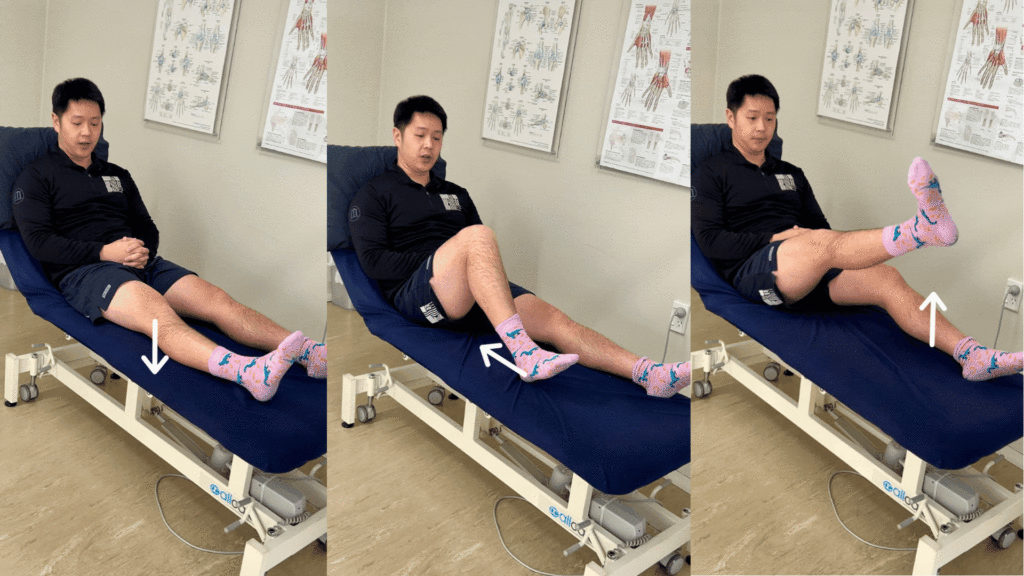
2.2 Home Exercise Program
You will likely be given a home exercise program to follow between physiotherapy sessions. Common exercises include:
- Ankle Pumps: To improve circulation and reduce swelling.
- Static Quadriceps Contractions: To engage the quadriceps without moving the knee.
- Heel slides: To improve bending range of motion i
- Muncies: Strengthening of quadriceps
Goal: Get full range knee straightening
3. Daily Activities and Mobility in ACL Rehabilitation
3.1 Using Assistive Devices
You may need crutches to help with mobility and to protect the surgical site. Follow your physiotherapist’s advice on how to use these effectively, especially if you need to go up and down stairs.
3.2 Mobility Tips
- Weight Bearing: Adhere to your surgeon’s guidelines regarding weight-bearing activities. Reminder to keep your pain and swelling under control for better recovery
- Pivot and Turn Carefully: When moving, avoid sudden twists or pivots on your injured leg. Use a step-by-step approach to turn and pivot safely.
- Correct Footwear: Wear comfortable, supportive shoes with good grip to prevent slipping and ensure stability. Avoid high heels or shoes with inadequate support.
4. Monitoring Progress
4.1 Tracking Your Recovery
Keep a recovery journal to track your pain levels, swelling, and progress with exercises. Note any changes or concerns and discuss them with your physiotherapist during your sessions.
4.2 Recognizing Red Flags
Be aware of signs that may indicate complications, such as:
- Severe Pain: Pain that worsens significantly or doesn’t improve with prescribed medications.
- Excessive Swelling: Swelling that doesn’t reduce with elevation and ice.
- Infection Signs: Increased redness, warmth, or discharge at the incision site.
5. Preparing for the Next Stages of ACL Rehabilitation
5.1 Setting Goals
Work with your physiotherapist to set realistic short-term goals for the coming weeks. These goals will focus on improving your range of motion, reducing swelling, and gradually increasing your strength.
5.2 Planning for Advanced Rehab
As you progress, your rehabilitation will include more challenging exercises to rebuild strength, stability, and functionality. Preparing mentally and physically for these stages will help you stay motivated and committed to your recovery plan.
Why Post-Surgical Physiotherapy Is Crucial After Reconstruction
ACL (Anterior Cruciate Ligament) reconstruction is a significant surgery that requires a comprehensive rehabilitation plan. Here’s how post-surgical physiotherapy can make a difference:
- Restoring Knee Function and Stability: Post-ACL surgery, the primary goal is to restore full knee function. Physiotherapy focuses on reducing swelling, improving range of motion, and strengthening the knee to ensure stability.
- Return to Activity: For athletes or active individuals, returning to sports or daily activities is a priority. A structured physiotherapy program, especially one that includes gym-based rehabilitation, can help with this process.
- Preventing Re-injury: A key focus of post-ACL physiotherapy is preventing future injuries. Strengthening not just the knee but the entire lower body, improving balance, and enhancing movement patterns are critical components of our rehabilitation programs.
Bookings for ACL Rehabilitation
Triumph Physio in Newmarket or Mount Wellington, Auckland. We have qualified Physiotherapist registered under ACC to help you. For more info call us on 09 526 1448 or book online below
